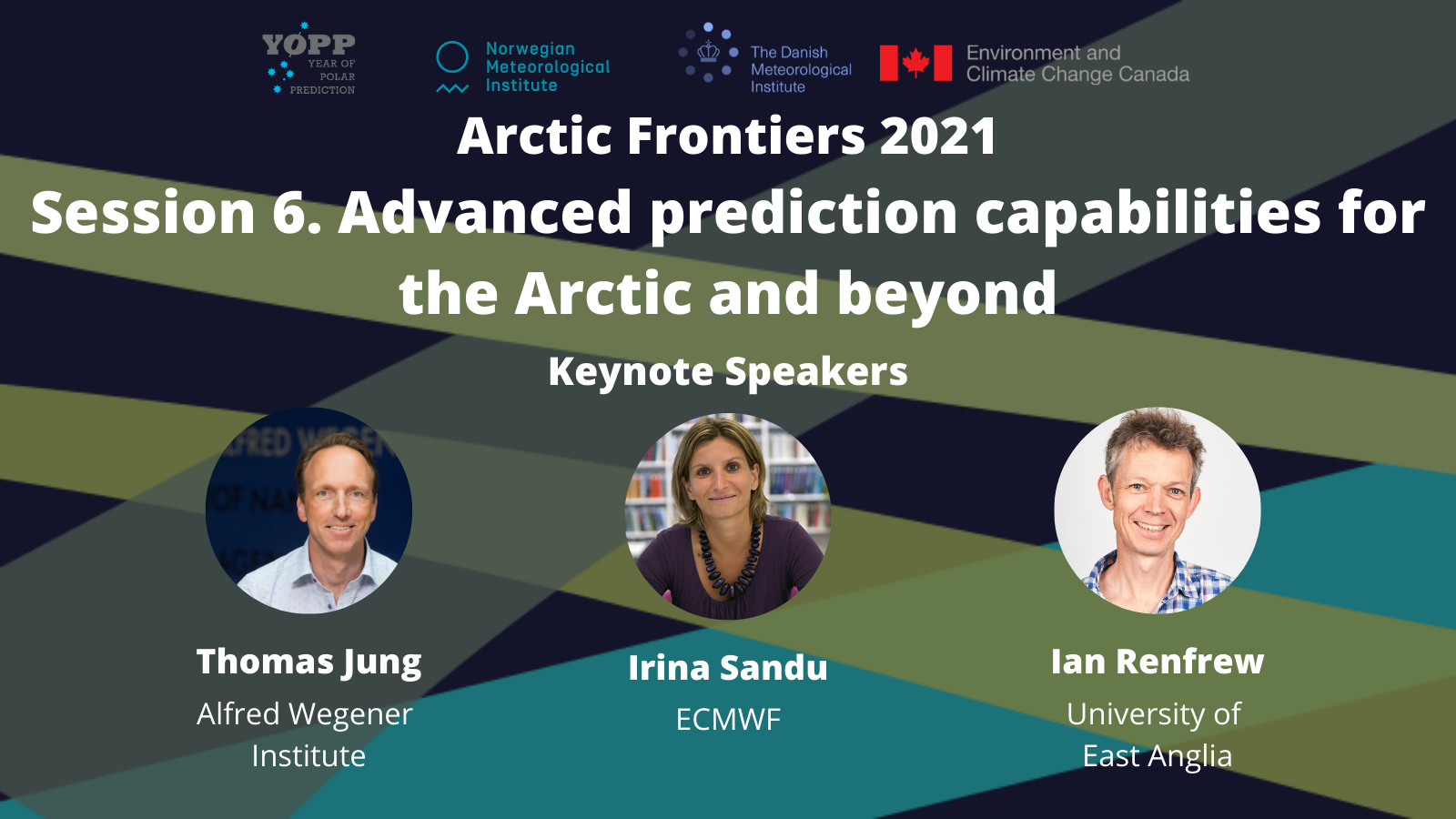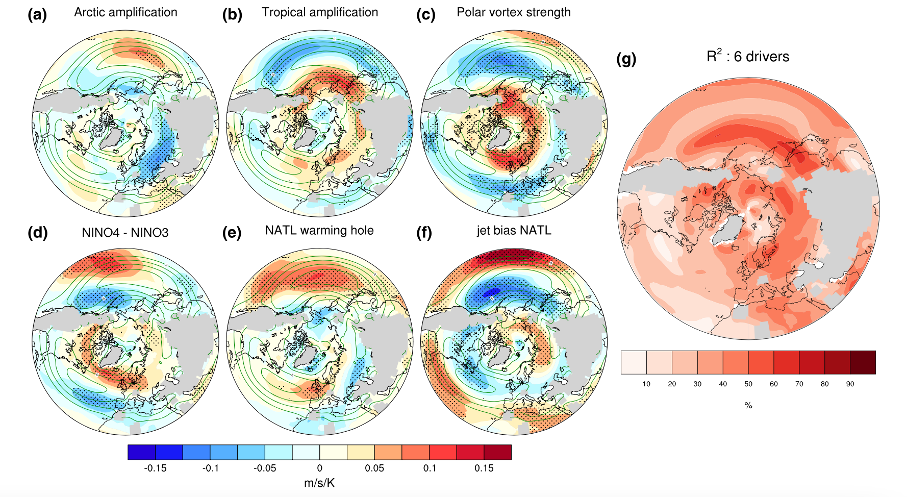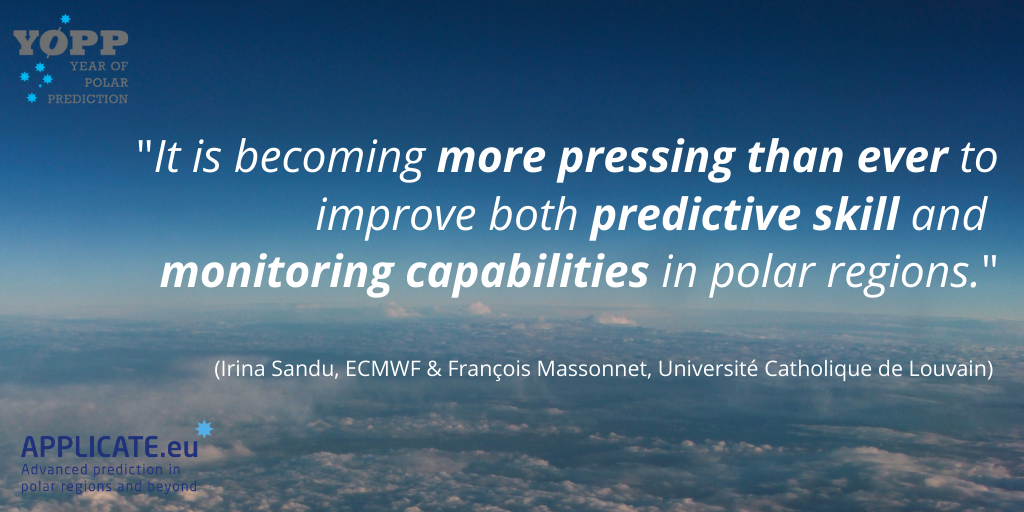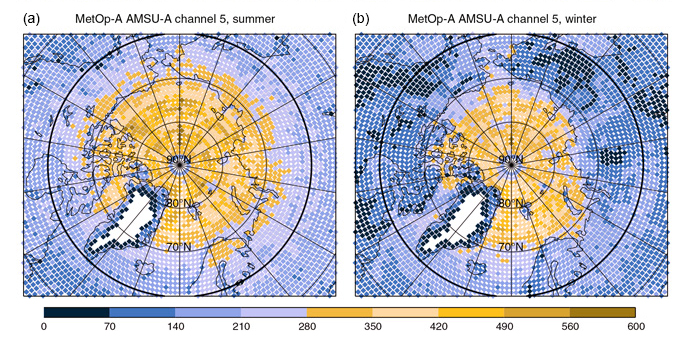
Arctic Frontiers 2021 – Building Bridges
18. January 2021
Drivers of the Northern Hemisphere Eddy-Driven Jet Change in Comparison between CMIP5 and CMIP6 Models
22. February 2021
by Laura Hüßner – article originally written for polarprediction.net
In the new post on the Science Blog of European Centre for Medium-Range Weather Forecasts (ECMWF), Irina Sandu, ECMWF Physical Processes Team Leader, and François Massonnet, F.R.S.-FNRS Research Associate at the Université Catholique de Louvain, Belgium, emphasize the importance of improved prediction skills and monitoring capabilities in the polar regions. The authors are calling for contributions to the special collection in QJRMS, to gather studies highlighting the impact of polar observations on predictive skill in polar regions and beyond.
Observations are a key ingredient for accurate predictions from hours to years ahead. Conventional observations such as radiosonde launches and surface observations are less common in polar regions. Looking at sounding satellite data, polar regions are sampled at higher frequency than any other region on the globe, due to the fact that polar-orbiting satellites pass over the pole at each orbit.

Irina Sandu currently represents ECMWF in the PPP Steering Group, while François Massonnet, who leads the Antarctic Sea Ice Prediction Network SIPN South, is active in the YOPP Southern Hemisphere Task Team. The blog describes, how coordinated numerical experimentation with coupled prediction systems helps to identify the impact of atmospheric observations on short- and medium range weather forecasts (hours to days), and the impact of sea ice initialization on sub-seasonal to seasonal forecasts (weeks to months ahead).
Key to enhance future prediction capacities in polar regions are synergistic investments in observing and numerical prediction systems. As APPLICATE and the Polar Prediction Project (PPP) have demonstrated, numerical models can be used to show the impact of current observing systems on predictive skill, identify ways to maximize their uptake in numerical weather prediction (NWP) systems, and guide the design of future observing systems. “The clear message is that investment in observing systems must be carried out synergistically with the investment in numerical prediction systems”, is stated by the authors.
For the special collection in QJRMS, the Quarterly Journal of the Royal Meteorological Society is currently welcoming manuscripts covering Observing System Experiments on a range of time scales (from a few days to sub-seasonal or seasonal) as well as studies that use numerical experimentation to explore the possible added value on predictive skill of recently available or hypothetical observations.
Find the whole article here.



